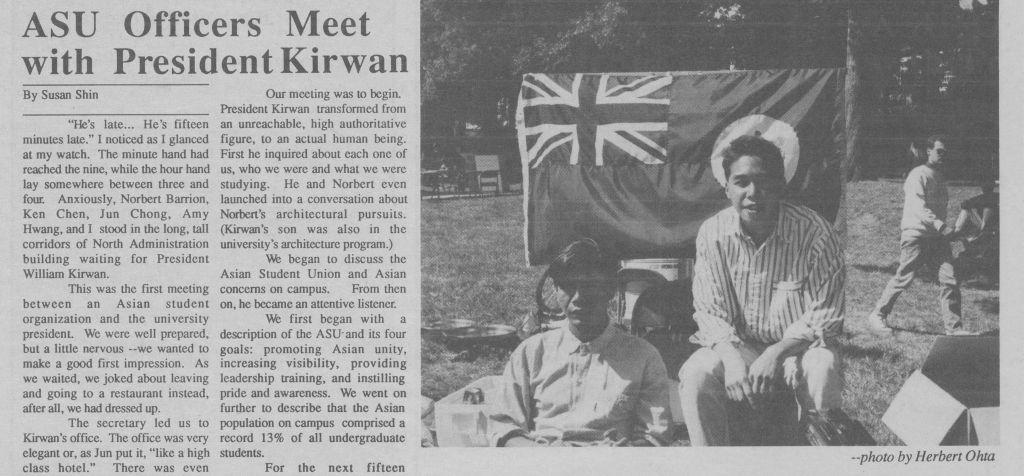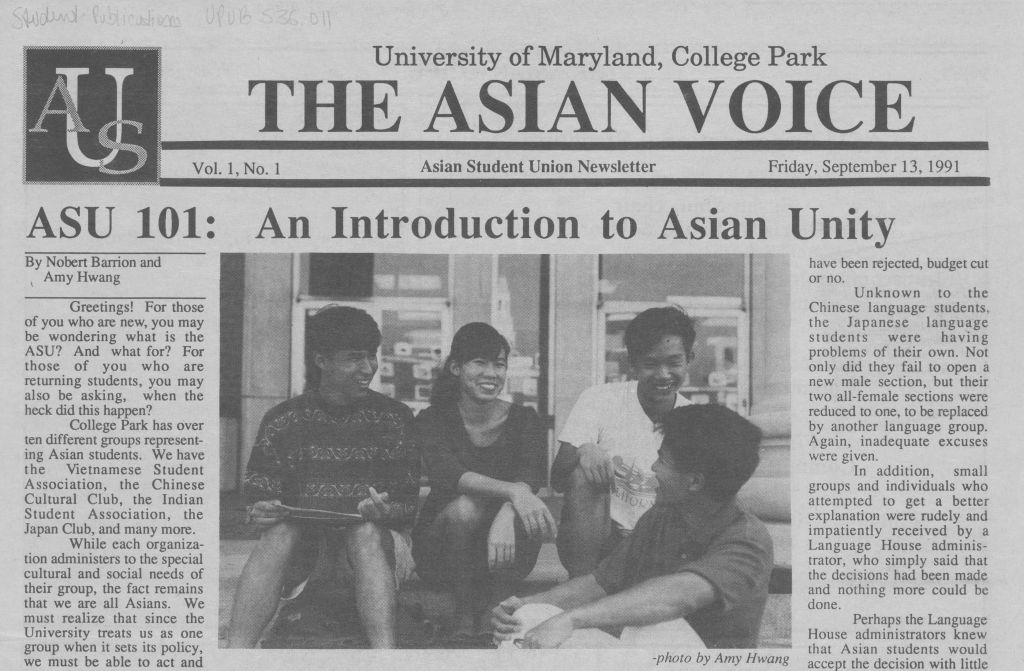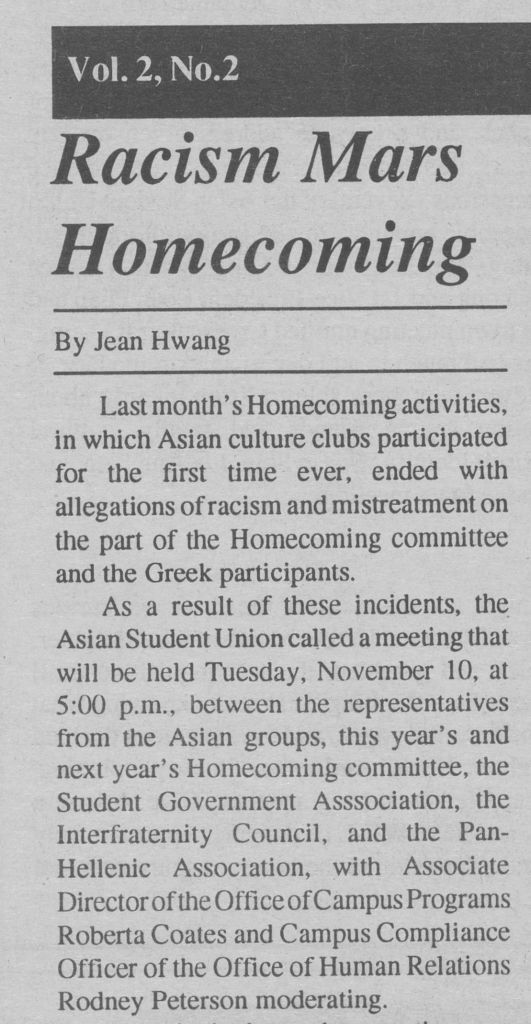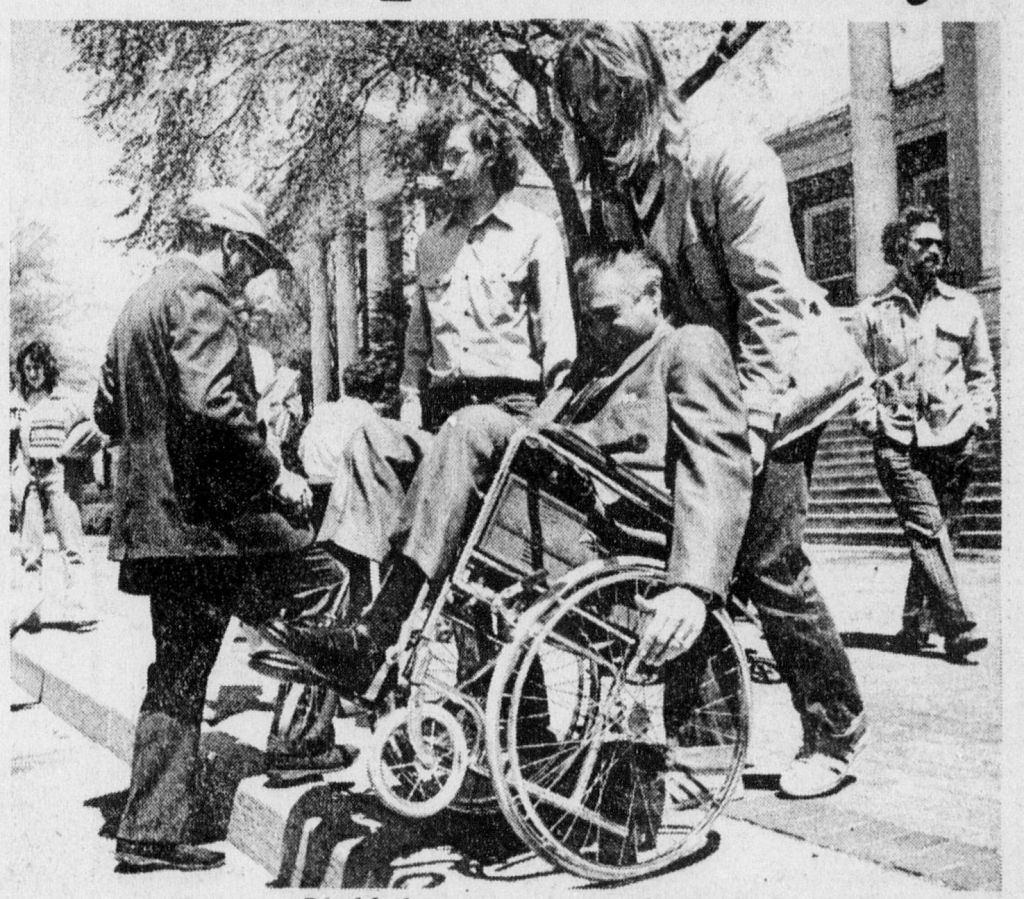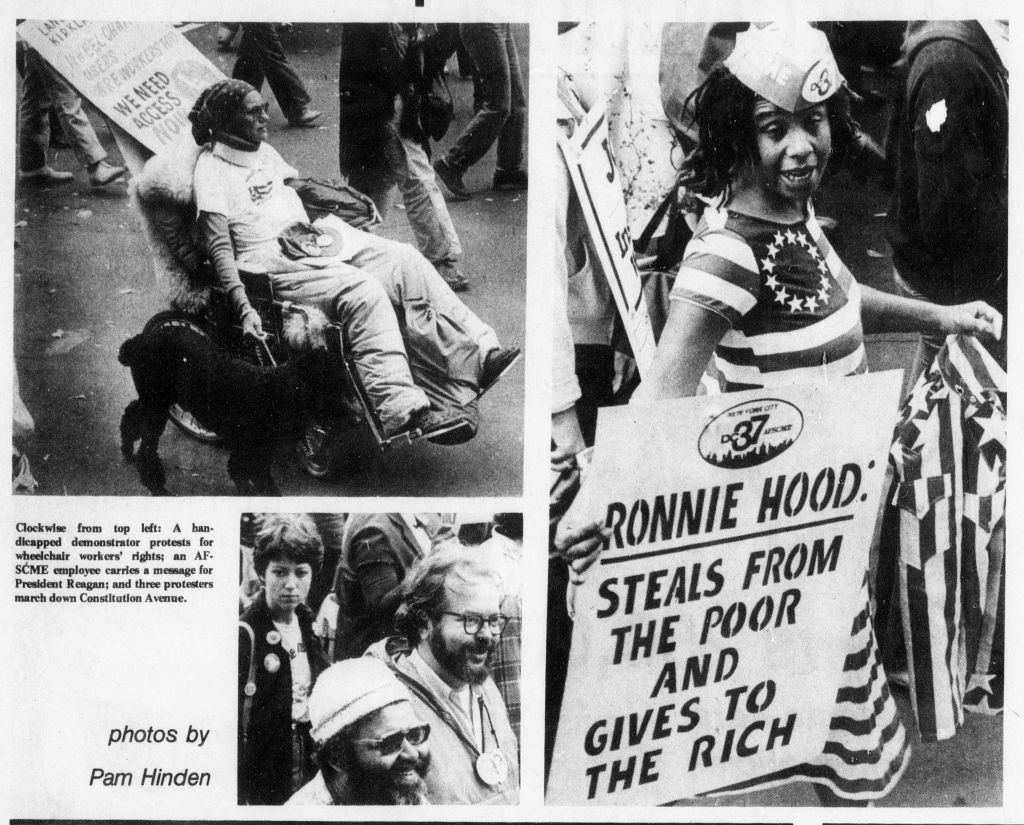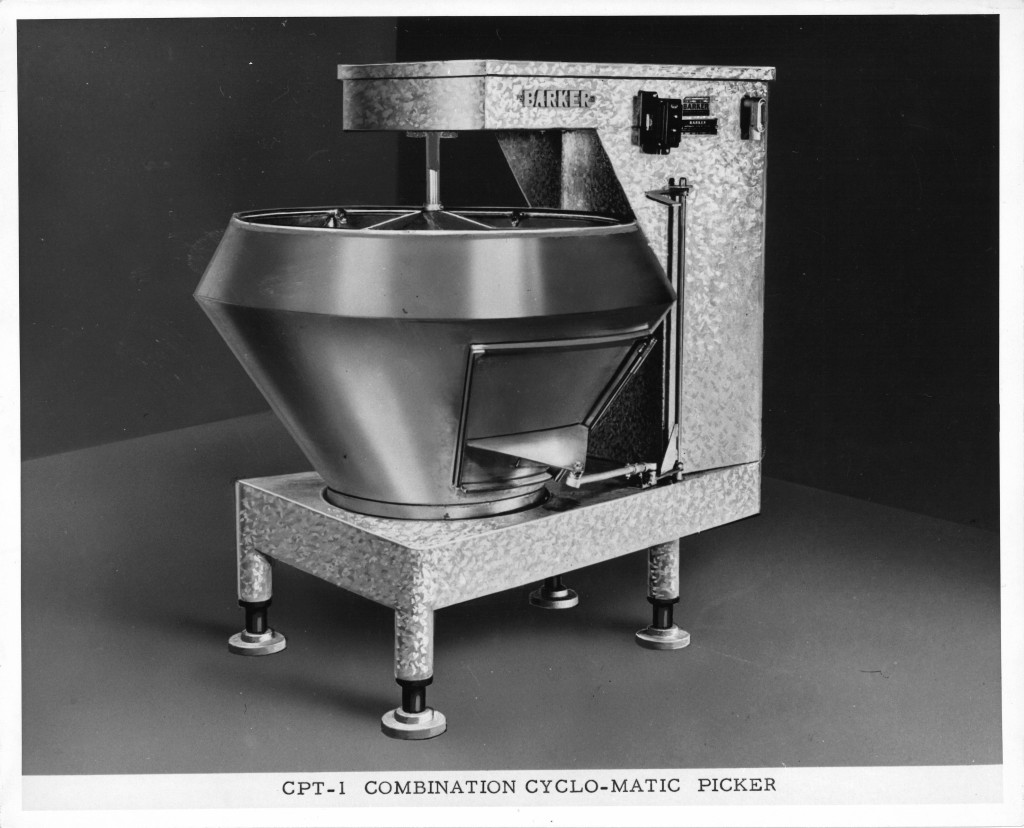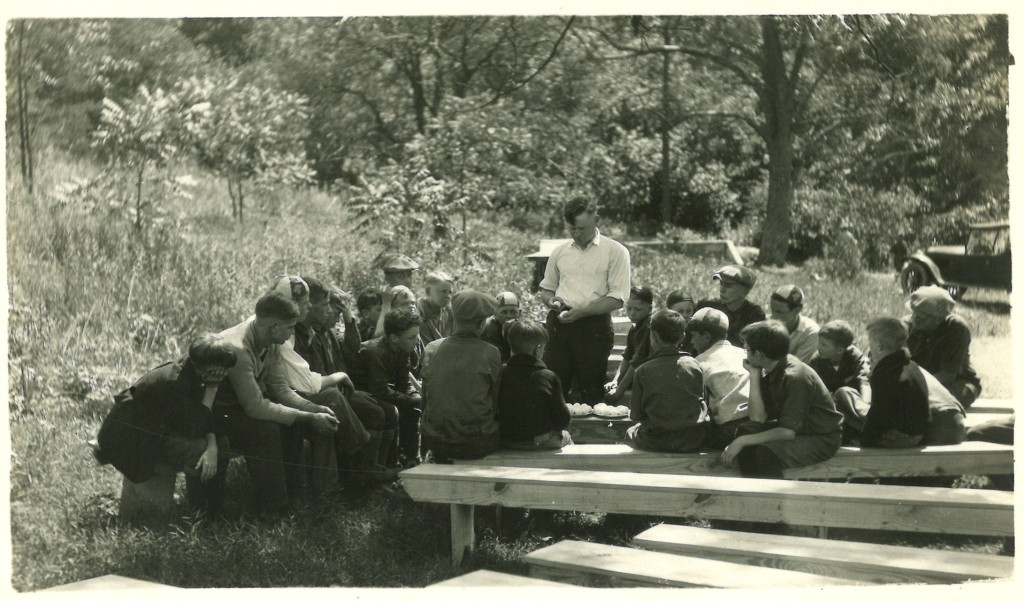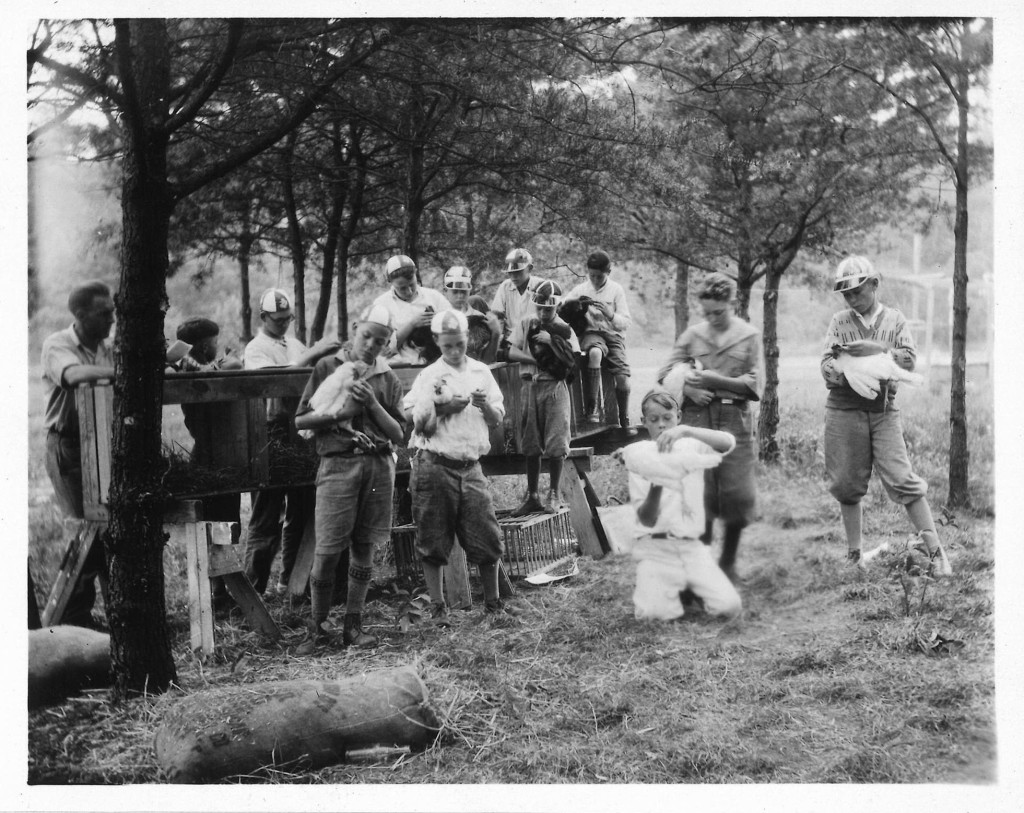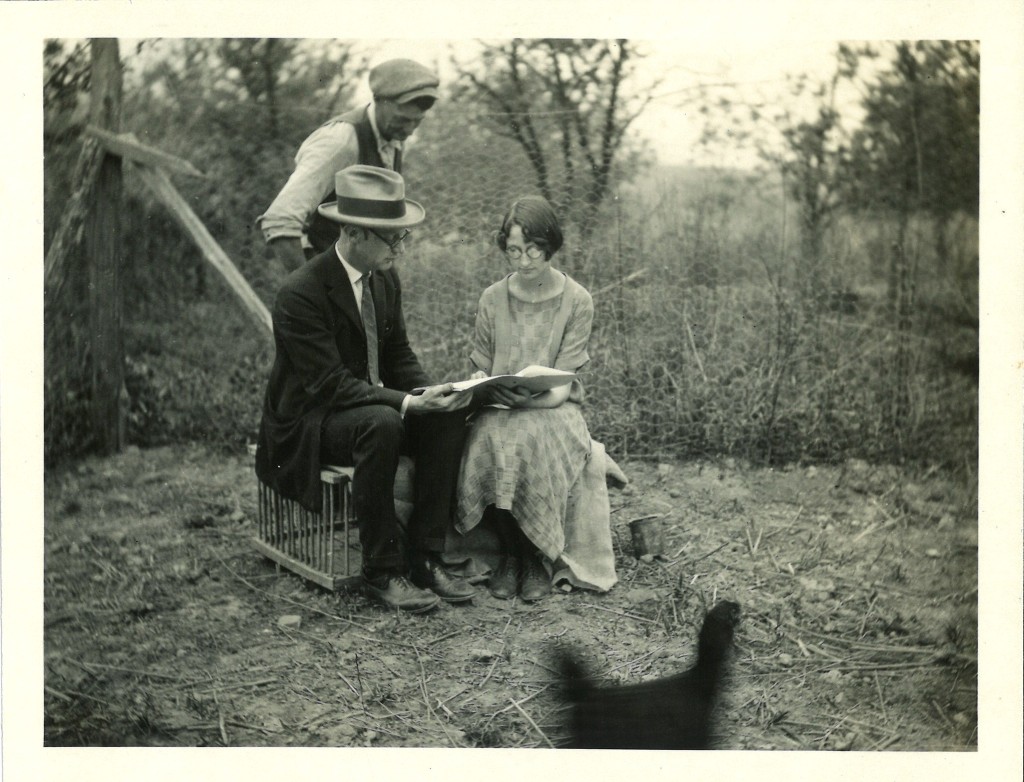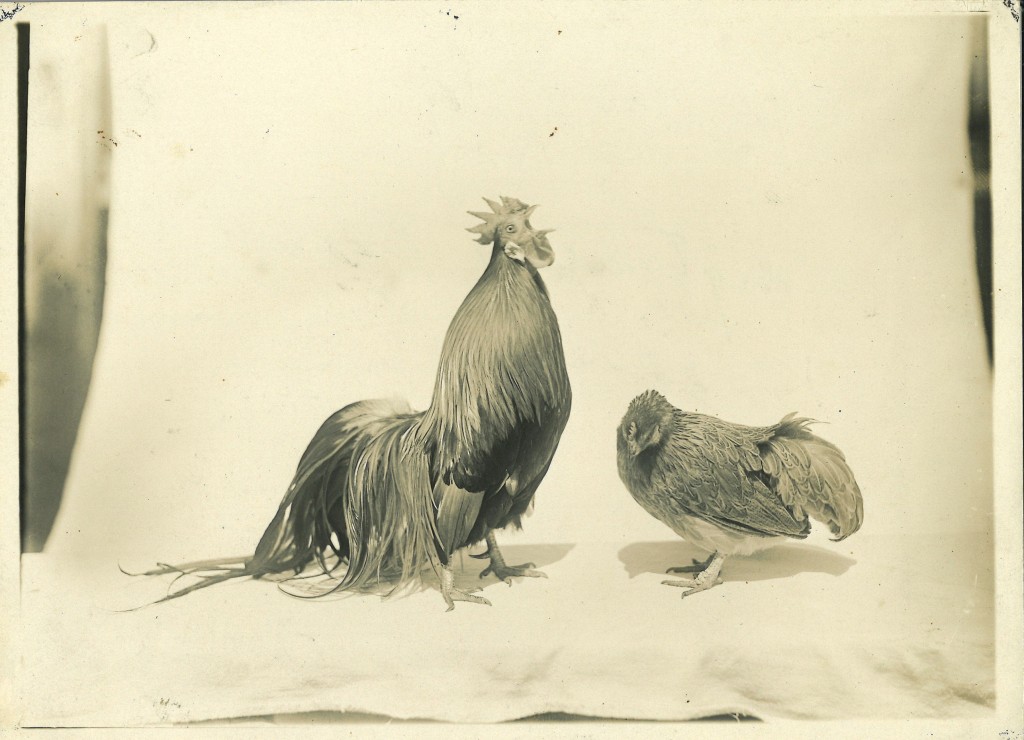By: Anne S.K. Turkos
On this day in 1923, as part of the Re-union Day festivities, former University of Maryland athletes gathered to create something very special for their alma mater—the M Club. The group selected Harry Clifton Byrd, Geary F. Eppley, H. Burton Shipley, William G. Morris, George F. Pollock, William B. Kemp, and Burton A. Ford as the Founding Committee, and these seven men immediately set to work to create an enduring network of support for University of Maryland athletics and former athletes.
In Eppley’s Alumni Column in the Diamondback two days earlier, he noted that,
“Practically every institution has an organization composed of men who have won their letters in athletics and these organizations play an important part in the further development of new athletics. An “M” Club at Maryland will do a great good for the University.”
And the M Club has done so throughout its 100-year history.
The group held its first major event a little over five months later, on November 24, 1923, a day filled with a whirlwind of activities that is now recognized as the university’s first Homecoming. Highlights of the day included the dedication of the new football stadium, located where Fraternity Row now stands, a “pep” meeting to create more spirit for the afternoon’s football game against Catholic University, and a dance in Annapolis Hall, the new gymnasium that was erected on the site of the current Annapolis Hall.
This day also saw the first official meeting of the M Club, where the charter members adopted their constitution and bylaws, elected officers, and presented gold M insignias to each club member.
Geary Eppley’s copy of the original M Club Constitution and Bylaws. Source: Papers of Geary Eppley, Series II, Box 6, folder: M Club, 1929-1947
As noted in Article II of the constitution, the original object of the M Club is to:
“[M]aintain the highest ideal of amateur sport in the University of Maryland; to promote the development of physical education; to encourage the standardization of the rules of all athletic games,; to urge competition and participation of all students in athletics.
Furthermore, it stands for a high sense of honor, fair-play and courtesy, on the part of the participants and hosts to guests, officials and spectators. It stoops to no petty technicalities to avoid the rules, or to take unfair advantage of opponents.
It recognizes the marked influence of athletics in developing organic vigor, physical fitness, intellectual efficiency, moral qualities and social habits; also the need of wise organizations and supervision of athletics and cooperation in making these efficient.”
Full membership was initially open to male athletes only, although female athletes, of whom there were only a handful at this time, could become associate members. This provision in the constitution was eliminated in 1925, and the women founded their own M Club on May 26, 1926.
This organization appears to have ceased to function by the later 1930s, and women are now eligible for full membership in the M Club. Margaret Guy Schmidt, Class of 1958, was the first female athlete at the University of Maryland to earn an “M” and to join the previously all-male M Club. Miss Schmidt was recognized for her accomplishments on the rifle team.
Among its many tasks in the early days of the club was the maintenance of student decorum at games. The Diamondback of October 30, 1923, noted that,
“Last week, the M Club had its first chance to do its prescribed duty according to the proposed constitution. At the V.P.I. game the cheering of our student body was marred somewhat by thoughtlessness on the part of a few. There was unfavorable comment. The committee sent a representative to speak to the students and as true Maryland men, which they are, they accepted the suggestion with the result that the cheering section was above reproach and are to be congratulated on their good work last Saturday. It added more glory to our victory over North Carolina.”
Hard to imagine that happening these days, but times were different then….
The M Club got off to a fast start, and by the time of its third annual meeting in October 1925, President Burton Ford was able to report that there were 140 dues-paying members and that 250 more former UMD athletes eligible for membership had been located. Now, 100 years after its founding, the club has nearly 1000 active members and a staff of two who collaborate with the M Club Board, which includes representatives from each of the Terrapins’ teams.
Throughout its history, the M Club has a stellar record of achievements, including:
- Providing scholarships to outstanding student-athletes
- Donating hundreds of thousands of dollars to support athletic facilities for UMD and student-athlete academic achievement
- Awarding letter sweaters or jackets to athletes who are completing their eligibility
Example of an M awarded to varsity letterwinners, c. 1930s. Memorabilia #1883, from the Cobey Family Collection. // Group of letterwinners in their new jackets, fall 2022. Courtesy of the M Club.
- Maintaining a network of former Terrapin athletes to facilitate alumni engagement and help mentor current students
- Partnering with the university’s Department of Intercollegiate Athletics to establish an Athletic Hall of Fame and conducting the annual/biennial induction ceremonies for honorees
- Enhancing the university’s reach and reputation with the induction of such honorary members as former U.S. President Gerald S. Ford, former Supreme Court Justice Byron White, broadcasters Vince Bagli, Walter Cronkite and Howard K. Smith, and former Maryland Governors William Donald Schaefer, Robert Ehrlich, and Marvin Mandel
- Sponsoring promotional events for the university, including a basketball game between the Harlem Globetrotters and a college all-star team and concerts by Elvis Presley in Cole Field House (now Jones-Hill House)
- Organizing the annual Letterwinners Day each fall and promoting linkages between current teams and their alumni
The University of Maryland’s M Club is recognized as the fourth oldest letterwinners organization in the United States, and all Terrapins, not just those who have represented UMD in athletic competition can be justly proud of all that this very loyal and active group of supporters has accomplished in its first century of existence! Happy 100th birthday, M Club, and best wishes for many, many more years of success!
Sources Used:
- Papers of Geary Eppley, Series II, Box 6, folder: M Club, 1929-1947
- Student Newspapers database: https://digital.lib.umd.edu/student-newspapers
- University Publications Collection, M Club, call number: UPUB M1. Includes banquet and other event programs, member directories, newsletters, bylaws, invitations, tickets to events, and brochures.
- M Club 100 Years email from former M Club executive director David Diehl, November 30, 2022
Anne S.K. Turkos is the University Archivist Emerita for the University of Maryland and a proud honorary member of the M Club. She has been a part of the staff of the UMD Libraries’ Special Collections and University Archives since January 1985. Before retirement in July 2017, she worked with campus departments and units, student groups, and alumni to transfer, preserve, and make available permanent university records. She continues to support the Archives through her work on special projects and fundraising. Follow Anne on Twitter at @AnneTurkos.
